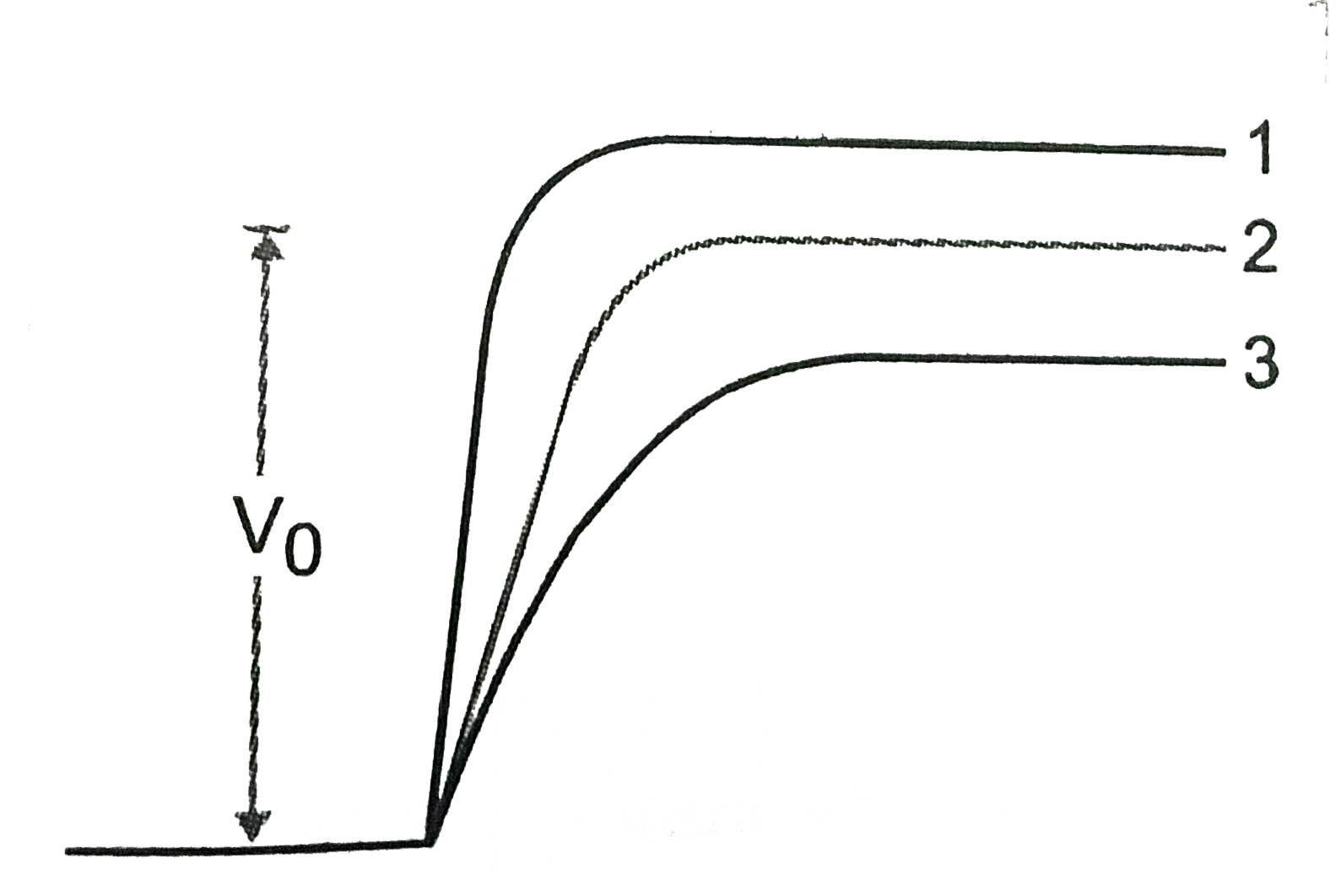A charge is moving across a junction, then
momentum will be conserved
momentum will not be conserved
at some places momentum be conserved and at other places momentum will not be conserved
none of these.
The correct Answer is:D
To solve the problem regarding the behavior of a charge moving across a junction, we can analyze the situation step by step.
Step 1: Understand the Scenario
A charge is moving through a junction where two different conductive materials meet. This junction can create an electric field due to the accumulation of charges on the surfaces of the wires.
Hint: Consider what happens to a charge when it encounters a boundary between two different materials.
Step 2: Analyze the Forces at the Junction
When the charge approaches the junction, it experiences forces due to the electric field that is generated by the accumulated charges at the junction. This electric field can affect the motion of the charge.
Hint: Think about how electric fields influence the motion of charged particles.
Step 3: Consider Momentum Conservation
Momentum is conserved in a system only when no external forces are acting on it. In this case, the electric field at the junction acts as an external force on the charge, causing a change in its momentum.
Hint: Recall the principle of conservation of momentum and when it applies.
Step 4: Conclusion
Since the charge experiences an external force due to the electric field at the junction, its momentum will not be conserved as it moves across the junction.
Final Answer: Momentum will not be conserved when a charge moves across a junction. Therefore, the correct option is B: momentum will not be conserved.
A charge is moving through a junction where two different conductive materials meet. This junction can create an electric field due to the accumulation of charges on the surfaces of the wires.
When the charge approaches the junction, it experiences forces due to the electric field that is generated by the accumulated charges at the junction. This electric field can affect the motion of the charge.
Momentum is conserved in a system only when no external forces are acting on it. In this case, the electric field at the junction acts as an external force on the charge, causing a change in its momentum.
Since the charge experiences an external force due to the electric field at the junction, its momentum will not be conserved as it moves across the junction.
Topper's Solved these Questions
- CURRENT ELECTRICITYBook:NCERT FINGERTIPSChapter:CURRENT ELECTRICITYExercise:Ohm'S Law
Explore 7 Videos
- CURRENT ELECTRICITYBook:NCERT FINGERTIPSChapter:CURRENT ELECTRICITYExercise:Drift Of Electrons And The Origin Of Resistivity
Explore 2 Videos
- CURRENT ELECTRICITYBook:NCERT FINGERTIPSChapter:CURRENT ELECTRICITYExercise:Assertion And Reason
Explore 15 Videos
- COMMUNITCATION SYSTEMSBook:NCERT FINGERTIPSChapter:COMMUNITCATION SYSTEMSExercise:HOTS
Explore 10 Videos
- DUAL NATURE OF RADIATION AND MATTER Book:NCERT FINGERTIPSChapter:DUAL NATURE OF RADIATION AND MATTER Exercise:Assertion And Reason
Explore 15 Videos
Similar Questions
Define the terms 'depletion layer and barrier potential' for a p-n junction. How does (i) an increase in the doping concentration, and (ii) biasing across the junction, affect the width of the depletion layer ?
View SolutionIn a transistor both emitter base jucntion and colector base junction are reverse biased how will the concentration of charge carrier across the each junction change
View Solution
Knowledge Check
If no external voltage is applied across P-N junction, there would be -
ANo electric field across the junctionBAn electric field pointing from N-type to P-type side across the junctionCAn electric field pointing from P-type to N-type side across the junctionDA temporary electric field during formation of P-N junction that would subsequently disappearIf no external voltage is applied across P−N junction, there would be
ANo elctric field across the junctionBAn electric field pointing from N-type to P-type side across the junctionCAn electric field pointing P -type to N -type side across the juncitonDA temperary electric field during formation of P−N junction that would subsequently disappearIn Fig . V0 is the potential barrier across a p-n junction, when no battery is connected across the junction
 A1 and 3 both correspond to forward bias of junctionB3 corresponds to forward bias of junction and 1 corresponds to reverse bias of junctionC1 corresponds to forward bias and 3 corresponds to reverse bias of junctionD3 and 1 both correspond to reverse bias of junction
A1 and 3 both correspond to forward bias of junctionB3 corresponds to forward bias of junction and 1 corresponds to reverse bias of junctionC1 corresponds to forward bias and 3 corresponds to reverse bias of junctionD3 and 1 both correspond to reverse bias of junction
______ is defined as the rate at which the charges move across any cross section of a conductor.
View SolutionIs the motion of a charge across junction momentum conserving ? Why or why not ?
View SolutionIn Fig. V0 is the potential barrier across a p−n junction, when no battery is connected across the junction :
 .
.
View SolutionFind the work done (in J) when a charge of 24 C moves across a potential difference of 6 V.
View SolutionFind the work done (in J) when a charge of 20 C moves across a potential difference of 4 V.
View Solution